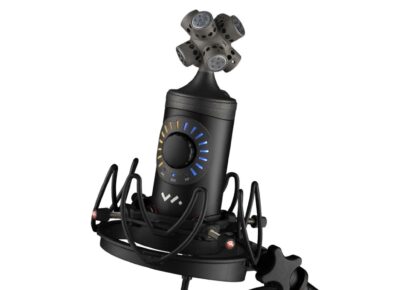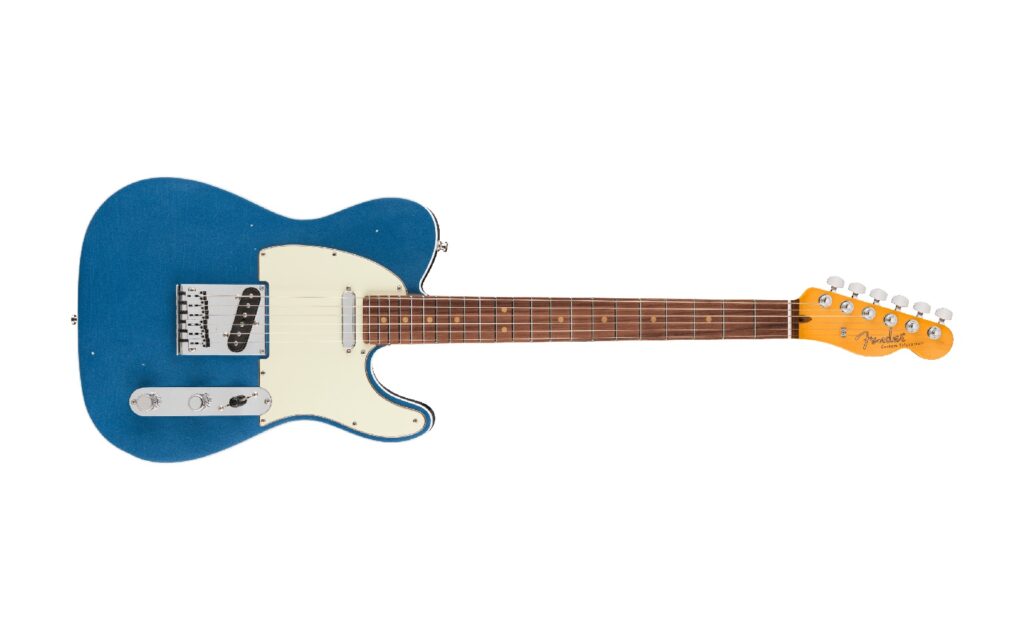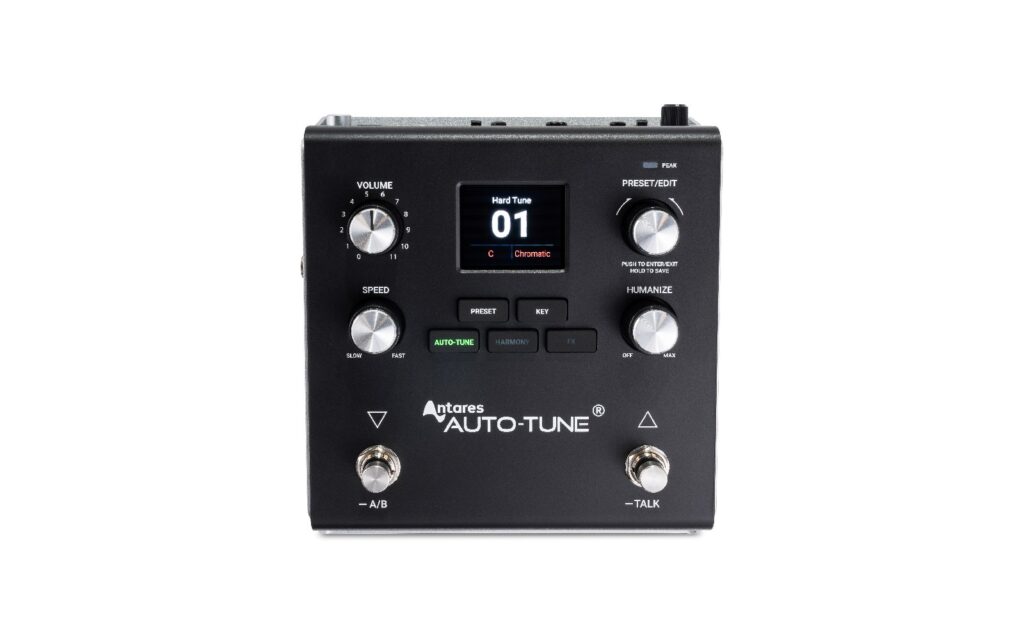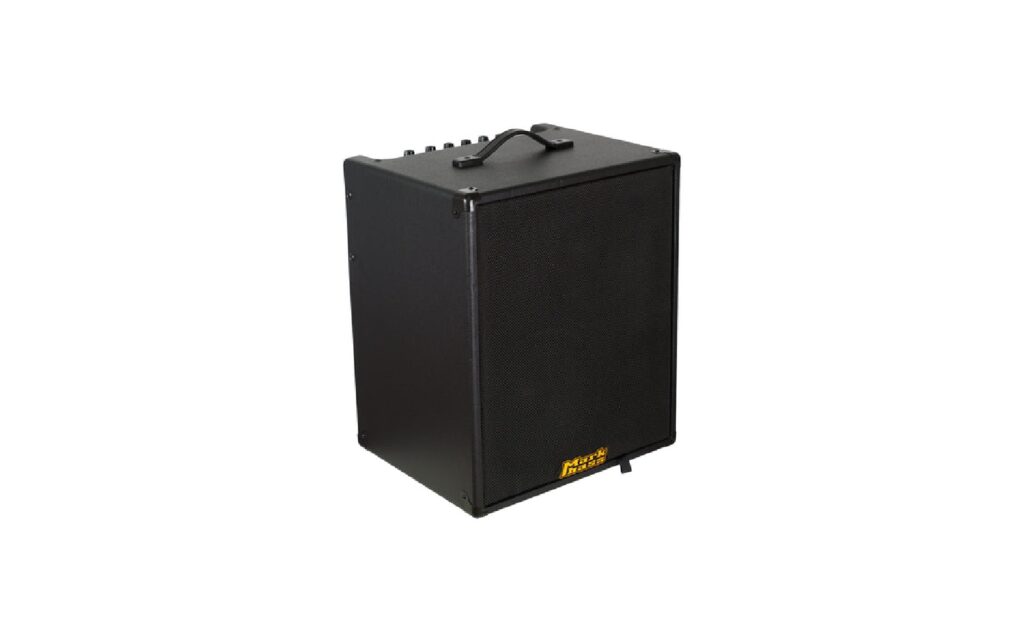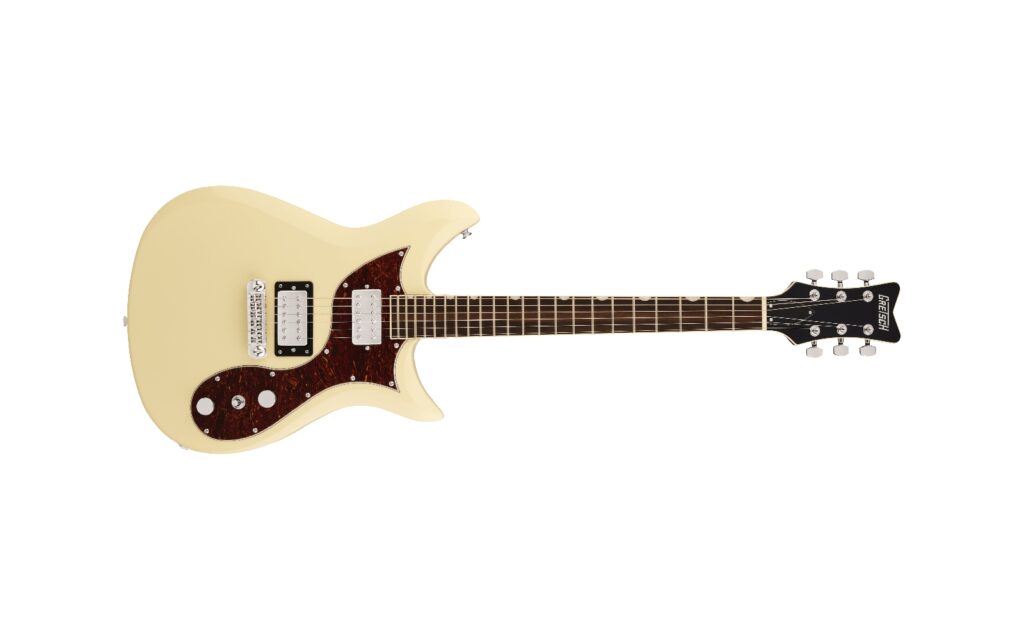PSP Audioware Lexicon PSP 42 | PSP Audioware | RRP: $149.00 USD
PSP Audioware recently released the long-awaited update to their Lexicon PSP 42 plugin, almost 20 years after its first release, with a host of new features and more precise modelling of the analogue hardware on which it is based.
The year is 1981. The first Delorean has just rolled of the production line, Donkey Kong and MTV are brand new pop culture phenomena, Pinochet has been installed as dictator of Chile following a CIA-backed coup, Charles and Di are newlyweds, Jessie’s Girl is top of the charts… arts… arts… arts… arts… and that’s the sound of the Lexicon PCM42 digital delay storming onto the scene in a swirling maelstrom of grainy early-digital repeats.
Read more gear reviews here.
A versatile rack-mounted processor with innovative features aplenty, the PCM42 quickly patched itself into the hearts and minds of engineers and live performers the world over. Building on the success of its predecessor, the PCM41, the PCM42 doubled the total delay time to 2.4 seconds (or up to 4.8 with optional added memory) and incorporated two stages of limiters on the input to help prevent overloading. A multi-waveform modulation section enabled sweeping, doubling and chorus effects, while the infamous “x2” button doubled the delay time by halving the sample rate, massively decreasing the bandwidth for a sound akin to tape echo. It’s been used on countless classics from Whitney Houston’s “I Wanna Dance With Somebody” to Daft Punk’s “Random Access Memories”, and is favoured by revered mix engineer Andy Wallace, who’s rumoured to love driving the limiters and using it to double guitars. It was also popular among looping artists for its clock-sync capability, footswitch, and infinite hold mode, which allowed you to overdub musical phrases on the fly.
Originally released in 2004, the first version of the PSP42 entered the market at a time where analogue emulations weren’t quite so popular as they are now. With digital recording still in its infancy, most studios were still packed with analogue gear – why would you want an inferior-sounding digital version of something you already owned? Despite this, the PSP42 v1 quickly gained a reputation for sounding great on a wide variety of sources, helped no doubt by the convenience of digital plugins we now take for granted including multiple instances, automation, midi control, and presets.
These days, analogue modelling is all the rage, and an almost insatiable thirst for vintage-inspired software emulations drives the market. The newly-released PSP42 v2 incorporates more precise modelling of the hardware unit, bringing new modes of operation which allow the user to control the amount of analogue character by choosing which components of the audio path are included.
The UI of the PSP42 v2 is inspired directly by the original 1U rack processor, taking the form of a long, single row of controls with meters and a small LCD-style display. New to this version is an ‘Extensions’ panel, hidden by default, which when displayed allows access to the new modes and functions.
There are a few instantly recognisable controls on the PSP42 – input, output, feedback, and output mix all pretty much do what they say on the tin. The main display shows the delay time, which can be set in milliseconds or bars and beats if synced to the host DAW’s tempo.
The ‘Hi-Cut’ button enables a gentle -6dB/octave lowpass filter, with a cutoff frequency of 6kHz by default which is adjustable in the ‘Extensions’ panel. The next two buttons both handle polarity inversion, the first (‘FB Inv’) flipping the feedback signal, and the second (‘Dly Inv’) flipping the wet signal.
Just like on the hardware, ‘Delay x2’ doubles the delay time by halving the sample rate, in turn decreasing the bandwidth for a more lo-fi quality. If there’s already signal in the buffer, its pitch will drop by an octave until the repeats become inaudible – a fun effect when automated.
Further along, the ‘Infinite Repeat’ button turns the PSP42 into a phrase sampler, capturing a length of audio input depending on the set delay time and looping it with a 10ms crossfade. Pressing the ‘Delay x2’ button while in this mode will drop the phrase by an octave.
Opening the extensions panel reveals a slew of new features. The ‘sens’ (sensitivity) switch and ‘reference’ knob control the operating level of the unit, which in a practical sense makes it easier or harder to hit the limiters and converters for that sweet analogue-style distortion. If you’re interested in the technical details, this is a good explanation of the difference between the two sensitivity levels.
Four switches under the ‘Processing’ section control the different analogue modes. ‘Full’ mode emulates the limiters and AD/DA converters responsible for the unique sonic footprint of the hardware unit which have been meticulously modelled in-house with the approval of Lexicon. ‘Lims’ mode dispenses with the conversion stages, including only the opto limiters in the signal path, whilst ‘Clean’ mode removes the analogue modelling altogether.
Additionally, ‘Legacy’ mode allows you to use the tape saturation algorithm which provided character to the PSP42 v1.
If you’re after a workhorse delay that does the simple stuff well, from tape slap and dark analogue-style vocal repeats to lush, swirling expanses, the PSP42 v2 has you covered. If you’re a perennial knob tweaker looking for a new toy that’ll cover everything from flanging and chorus to pitch shifting, distortion, comb filtered sweeps, phrase sampling and reverse delays, you’ve got more time on your hands than I do and you’ll probably love this plugin.
For more information, head to PSP Audioware.
